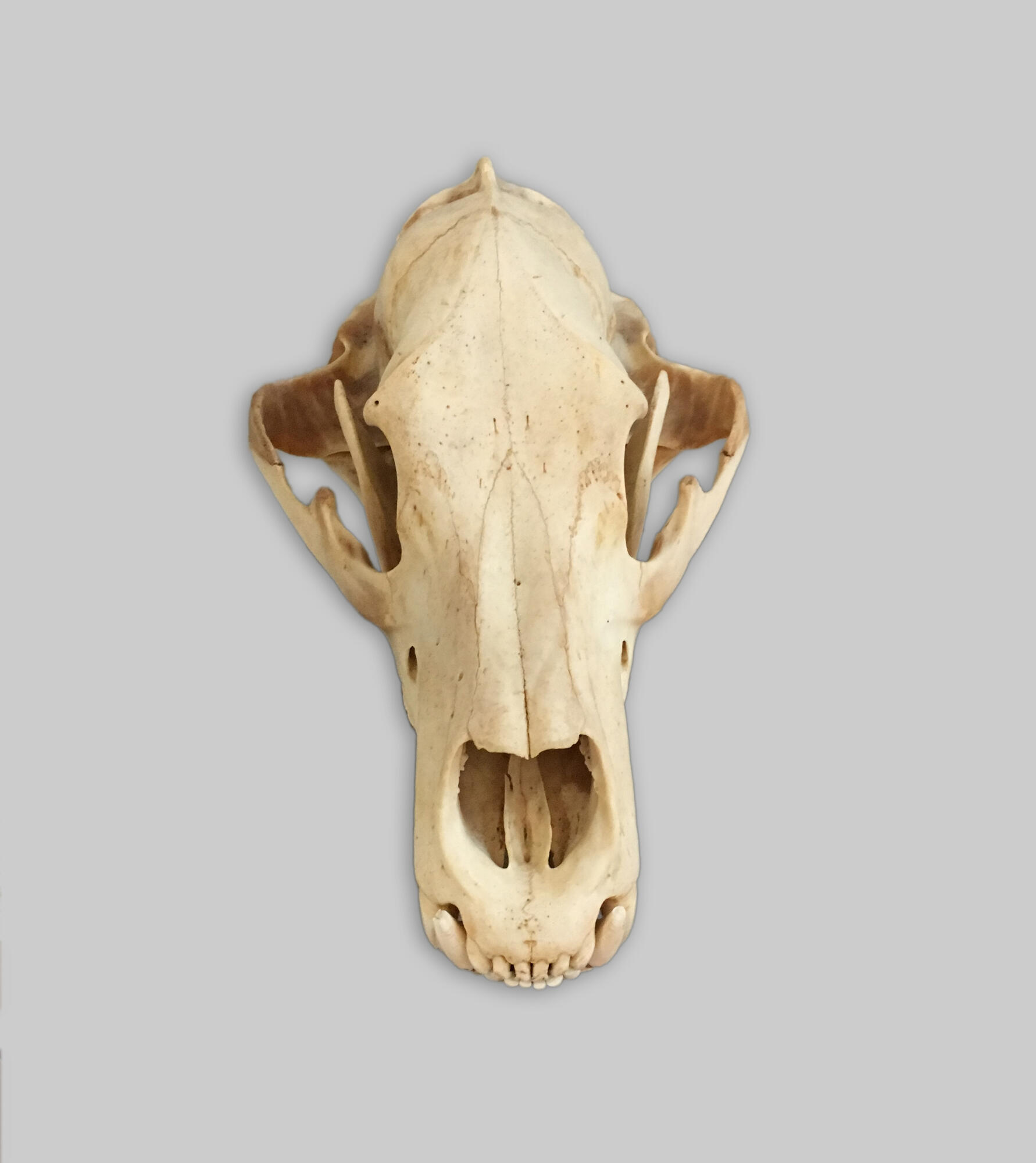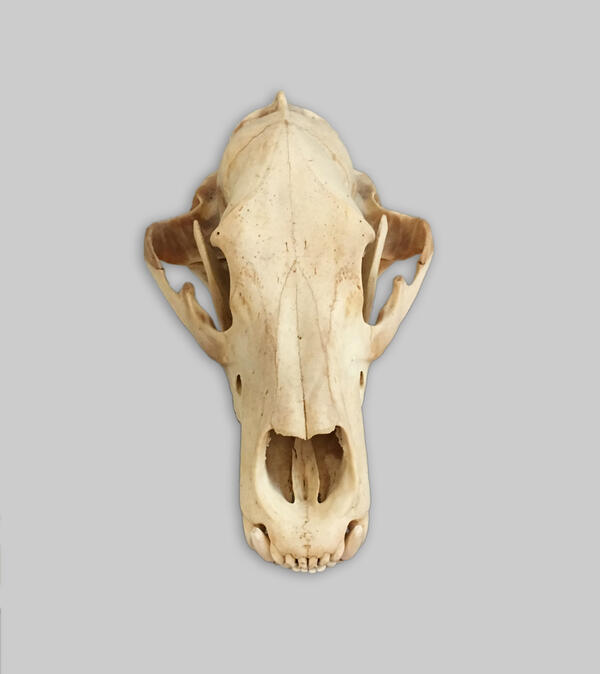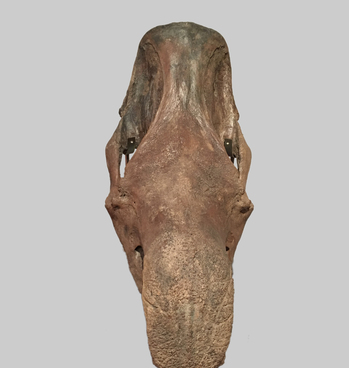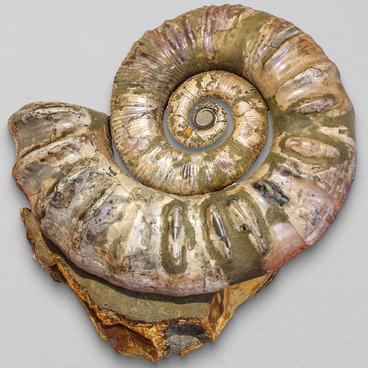Brown bears, or grizzly bears, are one of the largest predators that lives on land. They appeared about 500,000 years ago in China, and then settled in Europe, North America, and part of South America. For a long time, the species thrived, and they co-existed with humans. However, now their population in some parts of their geographic range has decreased to such an extent that scientists have declared the brown bear an endangered species. The reasons for their position now are climate change, deforestation, and human activities to exterminate various predators.
During the course of evolution, brown bears from different geographic ranges acquired distinguishing traits in terms of their appearance and behavior. Observing those allowed scientists to draw distinctions between several subspecies, or geographical races, from among the whole species. The largest brown bears in the world are found in southern Alaska and Kamchatka: while the average weight of adult bears is 260 kilograms, there were individuals in those areas that weighed up to 600 kilograms. The height of these brown giants could reach up to 3 meters.
Bears are omnivorous. Large individuals hunt wild boar, elk, roe deer, and regular deer. They do not eat this kind of prey right away, but stockpile it. They end up eating all sorts of insects, lizards, frogs, forest rodents, and fish. Bears do not shy away from eating carrion, and they can take food away from wolves and tigers. Even given the variety of meat in their diet, two-thirds of it still comes from plants. Bears eat berries, roots, and plant stems. Berries, nuts, and wild honey are delicacies for them. In times of famine, animals can wander into fields with crops, and even attack livestock.
Bears have good memories, and are capable of being trained. At the same time, work done with them is considered to be some of the most dangerous: bears can even attack a person whom they know, and have accepted since childhood, without any warning. It is extremely difficult to escape an aggressive bear: they can reach speeds of up to 55 kilometers per hour. And when they overtake their prey, they use claws 8–10 centimeters long, and 42 teeth located in powerful jaws.
The life span of brown bears is approximately 20–30 years. In the harsh conditions of nature, many individuals die, becoming the victims of hunting or changes in climate. Human activities have an impact on the predator’s shrinking geographic range. In nature preserves, the life span of the bears increases up to 50 years.
During the course of evolution, brown bears from different geographic ranges acquired distinguishing traits in terms of their appearance and behavior. Observing those allowed scientists to draw distinctions between several subspecies, or geographical races, from among the whole species. The largest brown bears in the world are found in southern Alaska and Kamchatka: while the average weight of adult bears is 260 kilograms, there were individuals in those areas that weighed up to 600 kilograms. The height of these brown giants could reach up to 3 meters.
Bears are omnivorous. Large individuals hunt wild boar, elk, roe deer, and regular deer. They do not eat this kind of prey right away, but stockpile it. They end up eating all sorts of insects, lizards, frogs, forest rodents, and fish. Bears do not shy away from eating carrion, and they can take food away from wolves and tigers. Even given the variety of meat in their diet, two-thirds of it still comes from plants. Bears eat berries, roots, and plant stems. Berries, nuts, and wild honey are delicacies for them. In times of famine, animals can wander into fields with crops, and even attack livestock.
Bears have good memories, and are capable of being trained. At the same time, work done with them is considered to be some of the most dangerous: bears can even attack a person whom they know, and have accepted since childhood, without any warning. It is extremely difficult to escape an aggressive bear: they can reach speeds of up to 55 kilometers per hour. And when they overtake their prey, they use claws 8–10 centimeters long, and 42 teeth located in powerful jaws.
The life span of brown bears is approximately 20–30 years. In the harsh conditions of nature, many individuals die, becoming the victims of hunting or changes in climate. Human activities have an impact on the predator’s shrinking geographic range. In nature preserves, the life span of the bears increases up to 50 years.



